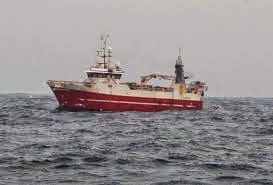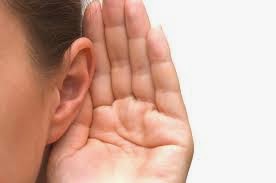Traditional landowners in the Kimberley region of Western Australia are hoping plans for a joint aquaculture venture will come to fruition, to provide much-needed job opportunities for young people on Aboriginal land, ABC News reports.
Read more HERE.
(IAF 1501)
The communities of Mayala, Dambimangari and Bardi Jawi recently reached an historic agreement to form the Aarli Mayi aquaculture project.
The group has now applied for a licence to farm 20,000 tonnes of finfish annually within the Western Australia Government's new Kimberley Aquaculture Development Zone in Cone Bay, north of Derby.
'Aarli Mayi' is a phrase from the Australian Aboriginal Bardi language, meaning 'fish food' or ‘seafood’, and the AUS$30 million project has a projected value for AUS$200 million, upon reaching full production.
Bardi Jawi traditional landowner Irene Davey says the project would be an opportunity for local people to develop their own assets.
"The [Cone Bay] zone is on our country, we have connections to that land, so we thought we need to get together as Aboriginal people of the saltwater and try to make something work," she said.
"I think we should be given that opportunity to develop something for our children, for the future.”
Mrs Davey says there are currently very few job opportunities for young people who want to stay on Aboriginal land.
Read more HERE.
(IAF 1501)
The Aquaculturists
This blog is maintained by The Aquaculturists staff and is supported by the
magazine International Aquafeed which is published by Perendale Publishers Ltd
For additional daily news from aquaculture around the world: aquaculture-news



















